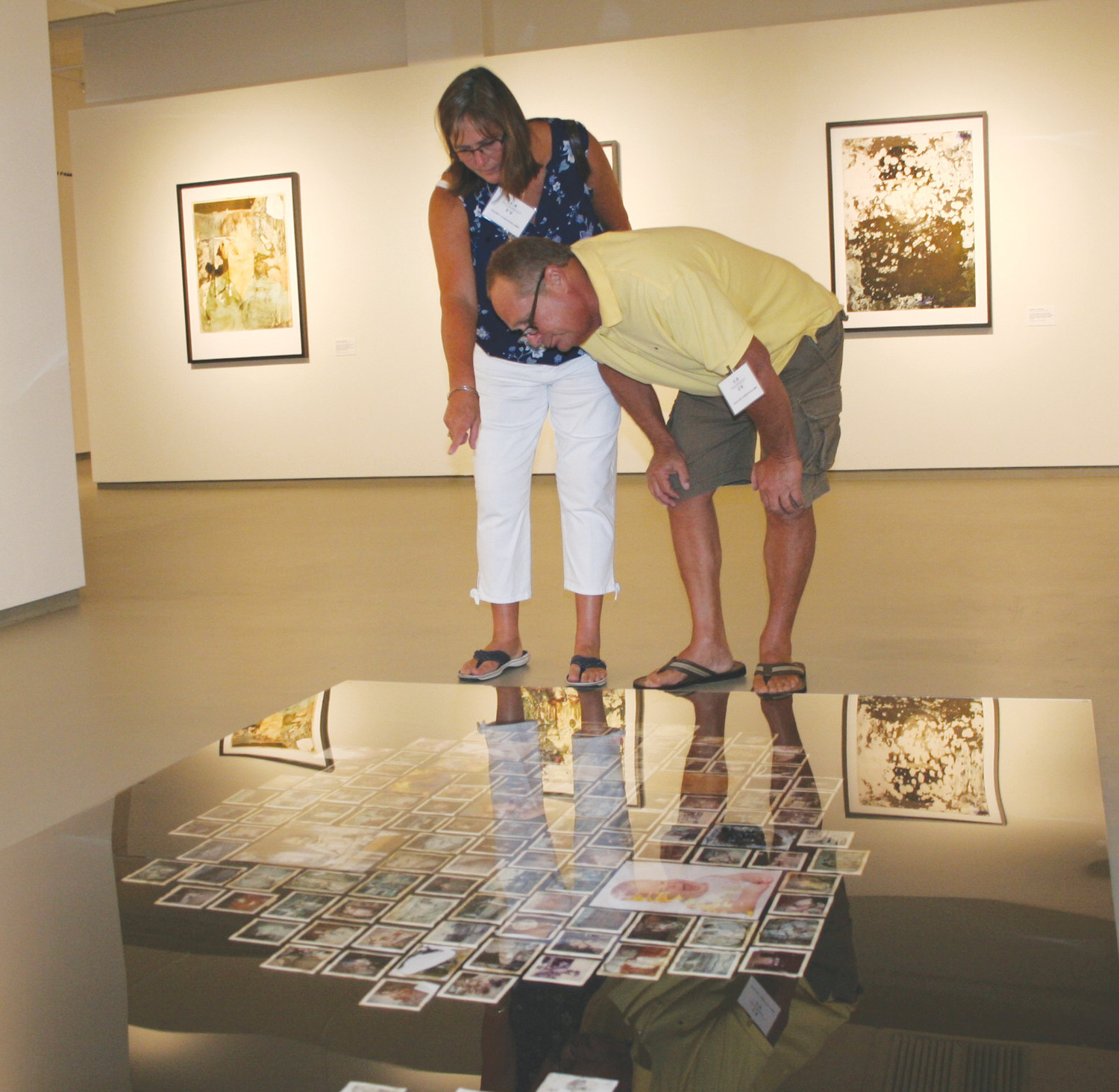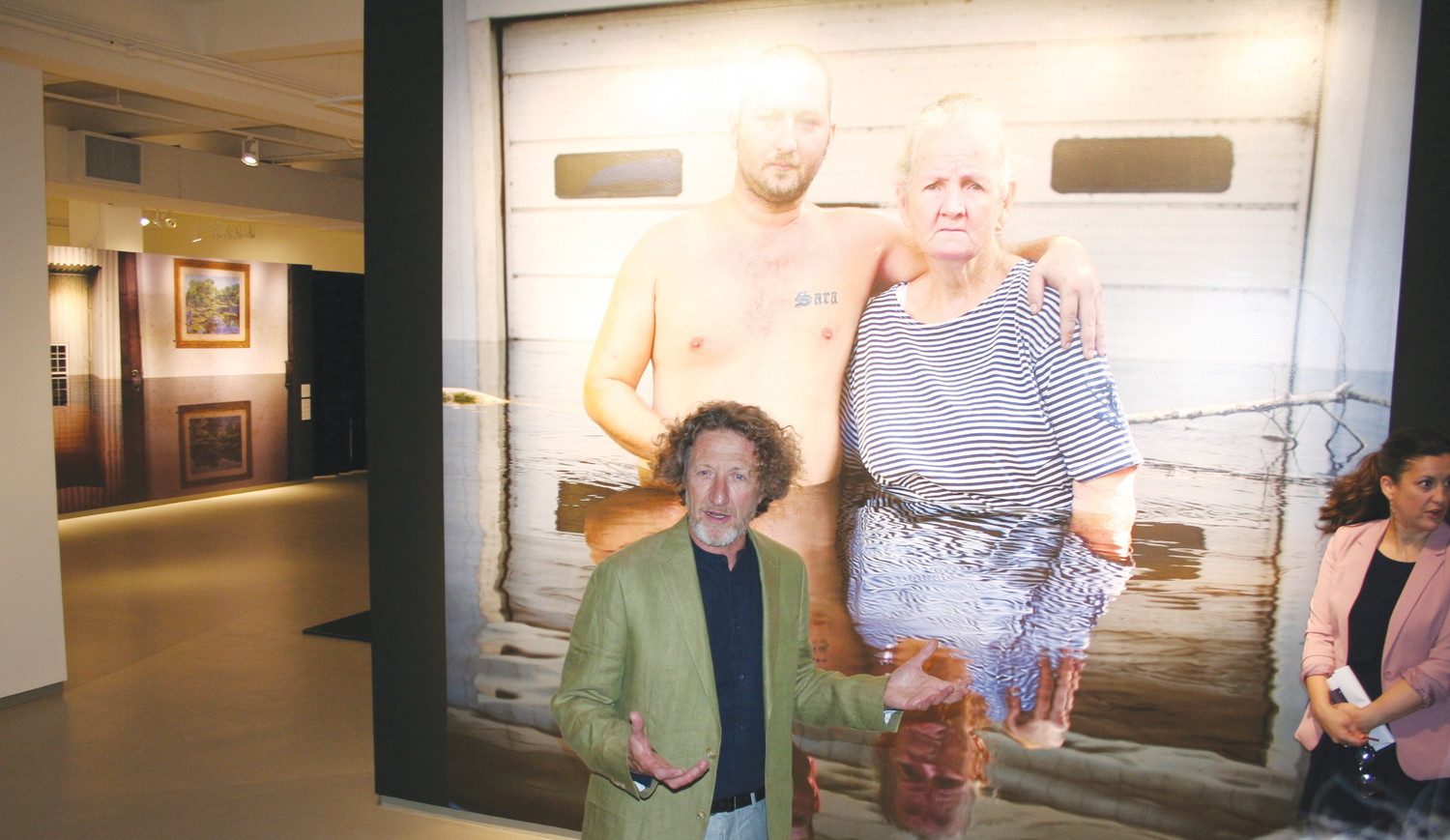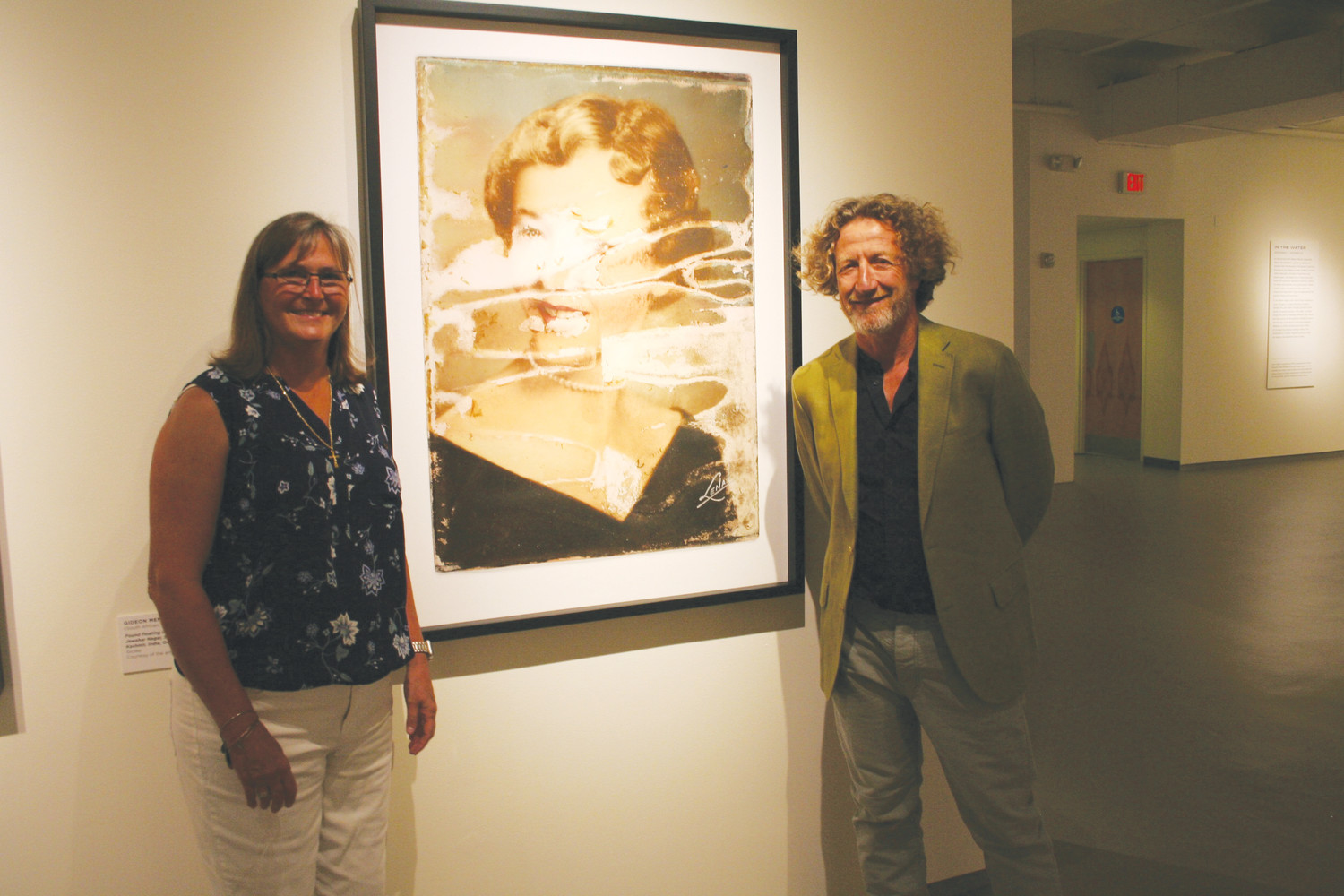Art after the storm
Families’ stories told in art exhibit
This item is available in full to subscribers.
Attention subscribers
To continue reading, you will need to either log in to your subscriber account, or purchase a new subscription.
If you are a current print subscriber, you can set up a free website account and connect your subscription to it by clicking here.
If you are a digital subscriber with an active, online-only subscription then you already have an account here. Just reset your password if you've not yet logged in to your account on this new site.
Otherwise, click here to view your options for subscribing.
Please log in to continueDon't have an ID?Print subscribersIf you're a print subscriber, but do not yet have an online account, click here to create one. Non-subscribersClick here to see your options for subscribing. Single day passYou also have the option of purchasing 24 hours of access, for $1.00. Click here to purchase a single day pass. |
Art after the storm
Families’ stories told in art exhibit
JACKSONVILLE – Mary and Chuck Highhouse had a family reunion last week, however, it involved only the two of them and some weathered memories.
The couple walked onto the second level gallery of the Museum of Contemporary Art in Downtown Jacksonville, looked down at the floor and gasped as MOCA Director Caitlín Doherty comforted Mary with a hand on her left shoulder. Tears welled up in Mary’s eyes as she saw, for the first time in a year, damaged photographs rescued from her home in the carnage brought by Hurricane Irma. The Highhouse photos and others from Clay County were taken by world renown photographer Gideon Mendel, whose Drowning World Project photo exhibit opened Aug. 30 with a reception at the museum.
“This is only a fraction of the photos, that you know, that didn’t make it and then, we had a lot that did make it so I’m thankful for that. Gideon wanted to take the ones that he knew won’t do me any good, but it’s so cool to see them,” Mary said.
Irma’s floodwaters forced the couple to completely gut and rebuild their 2,400 square foot home on Hill Road in Middleburg on the South Prong of Black Creek. The storm took with it part of Mary’s family history, including letters from the 1700s and photographs from the 1800s.
“That picture of my mom in the middle is amazing,” she said as she pointed to another photograph Mendel has stored under a clear plastic material atop a black backdrop to resemble the look of being underwater.
Mendel, 58, who is based in London, began the Drowning World art and advocacy project in 2007 when he photographed two floods that occurred within weeks of each other, one in the United Kingdom and the other in India. For Mendel, Drowning World is his personal response to climate change.
“And that’s my dad, but you can’t see his face – you can only see his one eye,” she said, as Mendel looked on.
“He wasn’t that handsome, anyway,” Chuck said, to interject some humor into the somber gathering.
Mary said looking back over the past year and thinking about the house they had lived in flood-free since 1991, they simply did what they had to do to get through it all.
“It feels amazing to be where we are now and that we can look back at it and I still will cry, but it’s OK. You know, it’s OK. It’s just really cool to see how far we’ve come in the short amount of time and to look back on the sadness of it all and know that it has a happy ending,” Mary said.
Along with the Highhouse family, Mendel shot photographs nearby at the home of Terrence McKeen and his mother Gloria. Mendel happened upon McKeen and his mother as they were wading to their home – near the Middleburg boat ramp – for the first time after the storm.
“They said, ‘Sure, come along,” Mendel said. “I walked into the house with – Terrence went in first – and he just burst into tears. I mean there was a moment there where he just sort of … went into the home and just broke down and his mother came in and they embraced each other.”
Like a modern-day storm chaser, Mendel was in Houston shooting photos of the damage from Hurricane Harvey when he got a message from Doherty, a colleague with whom he has worked on previous art projects. She allowed him to crash on her sofa each night he was not out documenting the storm’s damage.
Further down from the McKeen’s home off Main Street, Mendel met the Highhouse family and got out and began taking photographs. While he did not shoot any photographs, he took possession of some old photographs to cure what he calls his fascination of how a storm event treats photography.
“Outside [the Highhouse] house, there was a team of about 30 people helping and people were going through their stuff drying it out, laying them in the yard to dry,” Mendel said. “They gave me all their damaged photos along with a whole lot of other pictures laying out to dry. And there was this situation of people bringing tables back like an industrial operation and there was takeaway food.”
Mendel is convinced the art of photography brings people closer together. Case in point: he said being with each subject he has photographed in such trying times creates a special bond that is indescribable. While Mendel began his career as a photojournalist, he said his “Submerged Portraits” node of the project in which he stages photographs is central to the entire climate change narrative.
“It’s a kind of a chain of fate and coincidence, which brings me and my life intersecting with the lives of these people who’ve been flooded and, in that moment, there’s a connection in a portrait, which is kind of the heart in the center, the central node of the whole project,” Mendel said.
Both Mary and Chuck Highhouse said they were grateful to meet Mendel a year ago and grateful of the way he told their story. And life goes on a year after the storm.
“We’re settled again. We started over after 45 years…you know, when you lose everything, it’s hard. It’s hard,” she said.
Gideon Mendel: Drowning World will be at the MOCA until Dec. 9.













